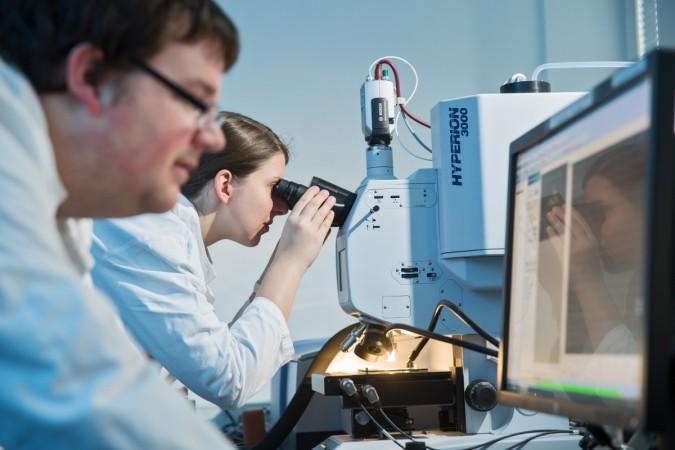
Sea ice in the Arctic tundra has been found with an alarming quantity of microplastics. It is this type of plastic that sea animals ingest and it is also the same kind of plastic that is almost impossible to clean up.
Microplastics are defined as bits of plastic waste in the sea that measure a few micrometers long and cannot be seen easily. These contaminants have not only reached the Arctic oceans, they have actually spread across the seas at an unprecedented rate, notes a report by Popular Science (PS). This study was carried out by the Alfred Wegener Institute (AWI) in Germany.
The study has shed light on, "just how pervasive this type of pollution has become in every last corner of our planet," says study author Melanie Bergmann. The sheer amount of microplastics found is what has made this study shocking. The report mentions that scientists found plastics is high concentrations- up to 12,000 particles per liter of sea ice. A lot of the plastic material found was polyethylene, notes the report. Polyethylene is a tough plastic made popularly as packaging material, mostly for one-time use like bags, wraps, and straws.
"We really ought to reduce its production to reduce leakage to the environment," said the researchers. Apart from polyethylene, researchers also found up to 17 kinds of plastics in the ice samples they obtained from the Arctic. Of them, the most common types of materials were- cellulose acetate from cigarette filters, packaging materials, paints, and nylon.

Where is all this garbage coming from?
A good amount of the material in the Arctic is likely to have come from the infamous Pacific Gyre, the world's largest garbage dump, a swirling island of waste that gets trapped in currents, left churning forever. Wast is also dragged to the region through warm currents in the Atlantic that transports water from the southern seas up into the tundra. The report also mentions that nylon and like waste could be a result of the increased fishing activity seen in the Arctic. As ice pulls back, fishermen are venturing further north than ever before.
"These tiny particles... can be taken up by almost all organism classes," Bergmann says. As to what happens to plastics in an animal's stomach, the exact effects are not yet known, points out the report. Animals tend to eat less and less as plastic clogs up their stomachs, affecting their survival in the wild. Plastic can also adversely affect fertility in animals and even poison them.
This study was first published in the journal Nature Communications.

















